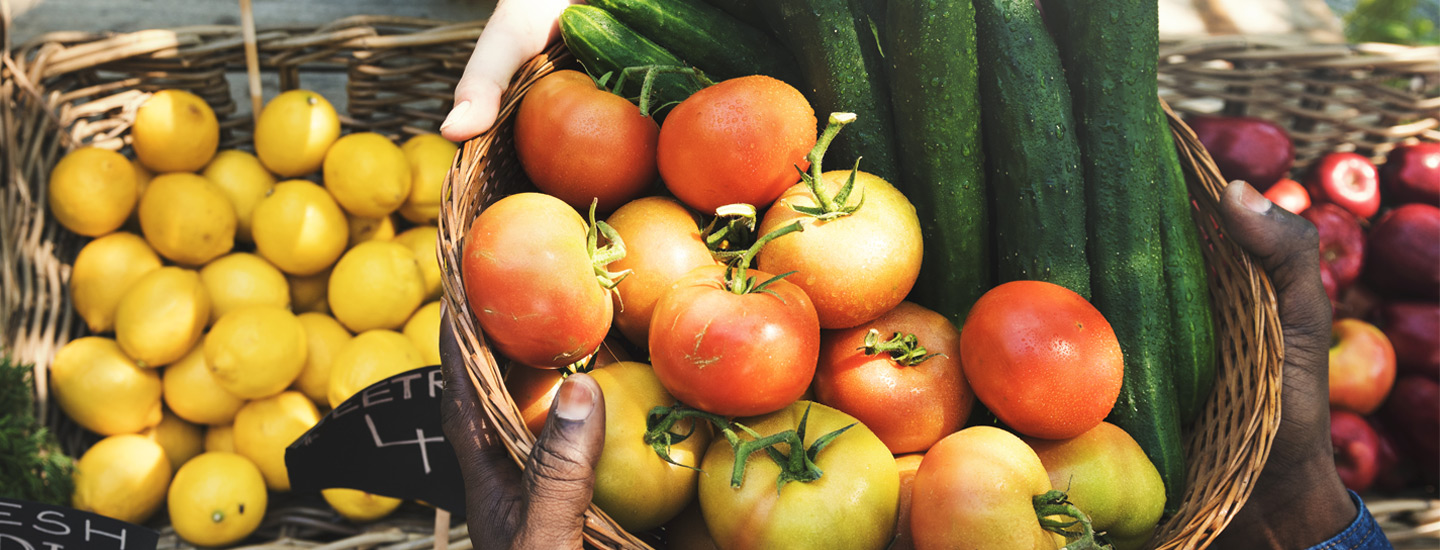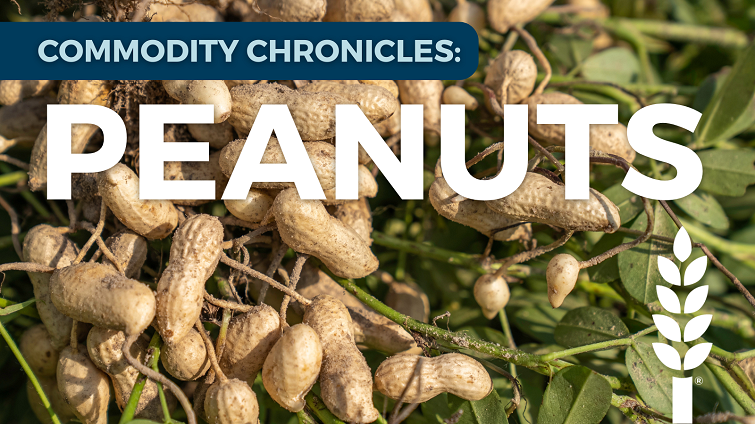Peanuts in Florida: From Farm Fields to Food Banks
Peanuts are more than just a tasty snack or a key ingredient in peanut butter sandwiches—they’re also an important crop for Florida farmers and a vital food for families across our state. Recently, we sat down with Gregg Grimsley, President of Peanut Proud, to learn about how peanuts are grown in Florida, why they matter, and how peanut butter helps food banks keep families fed.
About the Peanut Industry in Florida
Peanut farming in Florida has a long history. In existence for over 100 years in our state, it solidified its place as a Florida crop in 1933 during the New Deal, when the federal government set up quotas for different crops. While Georgia got the bigger share of peanut farming benefits, Florida built its own strong peanut industry.
Today, Florida has about 600 peanut farmers. Farms are much larger than they used to be, and Florida’s sandy soil and afternoon rain showers make it a perfect place to grow peanuts.
Peanuts are not nuts—they’re legumes, like beans. They grow underground and act like ground cover on farms. Farmers can’t grow peanuts on the same land year after year, though, because they take so many nutrients from the soil. That’s why peanuts are rotated with crops like corn or cotton. Since cotton and corn prices are low, peanuts have become the most profitable crop for many farmers in Florida and Georgia. The most common peanut grown here is the runner peanut, which is mostly used for peanut butter and candy.
The runner peanut changed everything. Developed by the University of Florida in the late 1960s, it led to huge improvements in yield. In the past, farmers got about 800 pounds of peanuts per acre. Today, it’s closer to 4,000 pounds. Universities in both Florida and Georgia have played a big role in developing new peanut varieties, like Georgia Green and Florida’s “Flo Runner.” These advances keep the peanut industry strong and competitive.
Where, When, and How Peanuts Grow
Florida peanut farmers plant peanuts after April 15, when the soil warms to at least 65 degrees. If they plant too early, the peanuts risk catching diseases like tomato spotted wilt virus.
Once planted, peanuts take about 125 days—just over four months—to grow and be ready for harvest. Florida is often one of the first states to begin harvesting each year, with towns like Williston starting in late summer.
Harvesting involves pulling peanuts up from the ground with machines, drying them in the fields, and then processing them in dryers to reduce moisture. Finally, the peanuts are graded and sorted before being used in everything from candy to peanut butter.
Nutrition: Why Peanuts and Peanut Butter Are Power Foods
Peanuts may be small, but they are packed with big benefits. According to Amanda Musin, one of our Florida Nutrition Education Regional Directors, peanut butter is a wholesome, nutrient-packed food that plays an essential role in supporting the health of families and children across Florida.
Rich in protein, peanut butter helps fuel growing bodies, supports muscle development, and keeps families feeling full and energized. Along with heart-healthy fats and important vitamins and minerals, peanut butter offers both nourishment and comfort, making it a valuable staple within the Florida food bank network and a powerful ally in the fight against hunger.
Amanda did advise, “When choosing peanut butter products, it’s best to read the nutrition label on the back for options made with simple ingredients — ideally just peanuts and salt — and to limit added sugars, oils, and other unnecessary additives.”
Peanuts Helping People
Beyond farming, peanuts also play a role in fighting hunger. In 2010, after the Haiti earthquake, Peanut Proud was formed to send peanut butter to disaster zones. Over time, they shifted their focus to include helping food banks in the U.S., since many families here also struggle to put meals on the table. Working with food banks has allowed Peanut Proud to make a bigger impact.
Why Peanut Butter Matters to Food Banks
Peanut butter has become a key food in disaster relief and hunger programs because it’s nutritious, filling, and easy to store. For food banks, peanut butter is one of the most requested items.
“All of the agencies and school pantries love that we have peanut butter always available,” said Chuck Wolbert, the Food Procurement Manager at All Faiths Food Bank. “It is a good source of protein, it is kid friendly, and it does not require any preparation other than putting it on bread or serving it with apples or celery. Even though it is a non-meat protein, it can be used in many different recipes as a condiment or to increase the flavorful taste of many dishes.”
Chuck also noted it lasts a long time without refrigeration, it’s easy to transport, and it’s something the whole family can enjoy. This is part of the reason why All Faiths Food Bank moves so much peanut butter through the Desoto Food and Resource Center.
“One of the main reasons they move so much peanut butter is because it does not require any special handling and it’s an easy, shelf stable food for rural areas, like those with migrant farms. That is a big win,” noted Chuck.
From Farm to Family
From Florida’s fields to the shelves of food banks, peanuts play a bigger role than many people realize. They are a crop that supports farmers, fuels our bodies, and provides comfort to families during tough times.
Last fiscal year, our Network of food banks sourced more than 486,000 jars of peanut butter to help meet the need across Florida. With the expansion of our Farmers Feeding Florida program this year, we expect to source even more—getting this essential food into the hands of families who need it most.
The next time you open a jar of peanut butter, remember: it’s not just a sandwich spread—it’s a symbol of Florida farming and community care.
Recipe Highlight:
With back to school season in full swing, peanut butter is a great way for families to include protein in their snacks and lunches. Here are three kid-friendly recipe ideas from our Florida Nutrition Ed team to help keep snacks healthy and fun.
- Peanut Butter and Banana Smoothie | EatFresh
- Banana Sushi | EatFresh
- No-Bake 4-Ingredient Peanut Butter Energy Bites - The Wholesome Dish
The Fresh From Florida chef also prepares delicious recipes using Florida products that can add flavor to any kitchen. Check out some of these that feature Florida peanuts:


